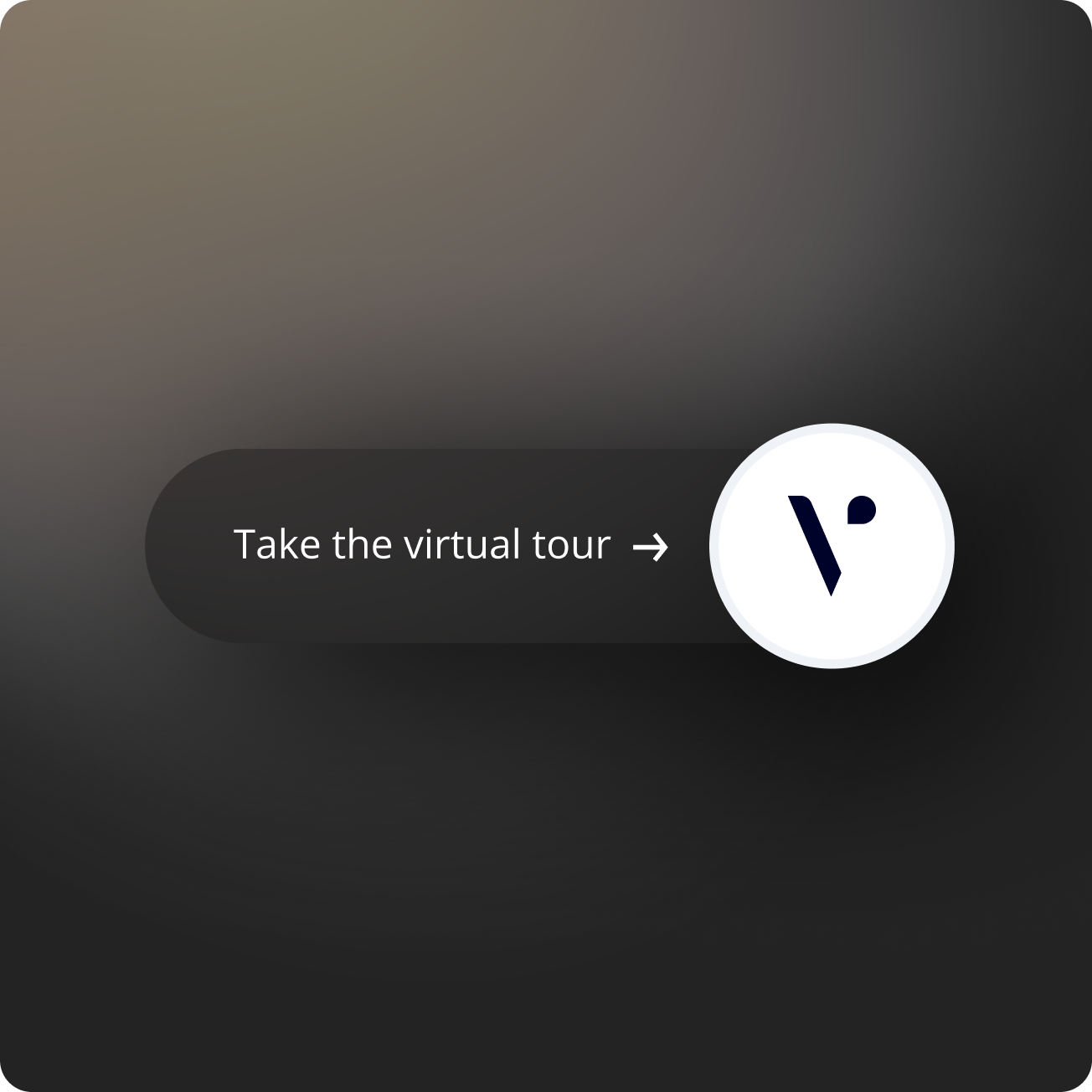Videobot reimagines UX by turning passive browsing into active, user-led engagement through interactive video experiences (iVX).
















Learn what it can do for your business
STATE OF THE ART UX
Design state of the art UX with Videobot’s strategic consultants and connect with customers in real time across all digital channels
LEAD CAPTURE AND CONVERSIONS
Capture attention and boost conversions with dynamic, interactive videos and offers.
BRAND SAFETY AND ACCESSIBILITY
Built on SOC 2–certified infrastructure, Videobot keeps your data secure and private. The service meets AA accessibility standards and is optimized for both SEO and AEO performance.
DATA AND CRM INTEGRATIONS
Track every click and connect it to your automations to make video experiences smarter and more relevant.
Classic embed
With the Classic embed, you can easily turn static images or text into a conversational, embedded Videobot that engages directly with your users.
- check_circle Up to 100% more engagement
- check_circle Update your images to interacitve videobots
- check_circle Brand safety ensured
- check_circle SEO & AEO friendly

Widget
Add interactive videobot widgets on your site. Perfect for grabbing attention and first impressions as well as more tactical marketing and support, product demos and guiding customers.
- check_circle Powerful with campaigns
- check_circle Multichannel Placement
- check_circle Behavior-Triggered Activation: Launches based on user intent
- check_circle Always-On Assistant

Stories
Create engaging story-based videobot experiences that capture attention and drive action. Perfect for social media style content.
- check_circle Social media feeling
- check_circle Swipe interactions
- check_circle Auto-play capability
- check_circle +100% more brand time

Slider
Design modern video sliders and carousels that showcase multiple videos in an engaging format.
- check_circle Design statement
- check_circle Touch-friendly navigation
- check_circle Modern carusel
- check_circle Responsive design

Links for omnichannel experiences
Start the video journey anywhere — in the physical world, on social media, or through email. Create dynamic QR codes that launch interactive experiences instantly and turn every scan into a meaningful, two-way connection.
- check_circle Dynamic QR generation
- check_circle Scan tracking
- check_circle No static landing pages - interact from the get-go
- check_circle Campaign management
Featured cases

Strand Properties
Strand Properties Bringing Listings to Life with iVX
%20(1).png)
Veke
Veke Actively Turning Interest into Action with iVX
.png)
Wolverhampton Wanderers F.C.
Transforming Fan Engagement Into Interactive Experiences
